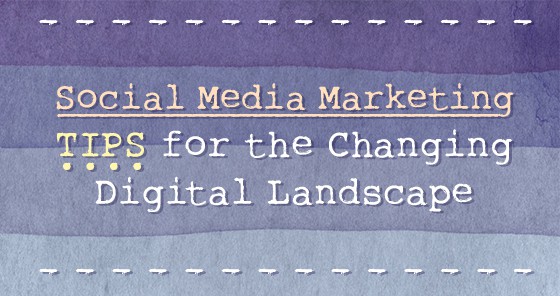Do you have a dark social media secret?
Apparently, many people these days do. According to a recent study by the folks at MIT, social media users are leaning more and more towards what’s called the “liquid self” – changing the way they behave online depending on who they’re interacting with and where. As proof of this, they offer up the rising popularity of services and apps such as SnapChat and WhatsApp, which allow for completely contextual conversations that disappear soon after being sent – interactions whose tenor varies widely based on who can see and take part in the fleeting conversation.
Most of us do behave differently, even in real life, when we’re interacting with someone from our professional life, for example, than we do when interacting with friends or family. It’s not usually a matter of changing our entire personality, but there are definitely conversations that take place in certain social circles that just aren’t appropriate for others.
But the permanence of what we post on traditional social media sites seems to have spawned a new generation of more ephemeral means of online communication, allowing people to act according to the conventions of the group they are interacting with without having to worry about who else can see their posts.
So what does this mean for social media marketing?
Well, one manifestation of this new trend is the phenomenon of “dark social.” Though it sounds sinister, dark social means nothing more than people sharing online content privately via email or PM, rather than openly via social media sites.
This practice is frustrating for social media marketers because it doesn’t allow for tracking of web traffic and social media engagement, and sometimes, it can result in content being shared without giving credit to the source. But it does enable consumers to share content they find interesting or valuable in a very targeted way, without having to worry about how an open endorsement on social media would look to their friends and colleagues.
The question now is, how can businesses best market themselves online in the context of these new parameters?
In order to answer, we first need to take a look at exactly how marketing content is being shared, and then what steps we can take to respond to the changes.
Dark social usually means cutting and pasting either the link to a piece of content or the text of a piece into an email. Our response as marketers should cover both of these practices in order to be most effective.
1. Cutting and pasting links:
When an URL is copied and pasted into an email, the main issue for online marketers is the absence of any real way to track where that traffic is coming from. Without knowing whether someone saw a post on Facebook or Twitter or even in an email newsletter, businesses don’t know where their online marketing efforts are having the most effect, and thus, where they should concentrate their efforts.
One solution is to add UTM (Urchin Tracking Module) codes to each and every URL you share online. This way, no matter how people get a link, when they click on it, you will be able to see exactly where the traffic came from.
2. Cutting and pasting text:
When, on the other hand, the actual text of a piece is copied and pasted into an email, the issue is different. Depending on how much of the content is shared, as well as how clearly the content shared can be attributed to your company, a recipient may end up enjoying the content without knowing where it came from. This basically defeats the whole purpose of marketing content!
There are two ways to combat this possibility. The first is to add a back-link to any snippet cut and pasted from your site.
You’ve seen these before – you paste a sentence into an email, and suddenly, behind it appears something to the effect of “Read more at ourwebsite.com.” This is a convenient way for those sharing content to give credit where credit is due – but unfortunately, the link can be deleted before the text is shared, so this method is not completely foolproof.
The other way to ensure that anyone receiving your content knows its source of origin is simpler, but extremely effective. Simply ensure that your content is so saturated with references unique to your company that it doesn’t matter whether the sharer mentions you as the source – it will be clear to anyone who receives it.
This can mean mentioning names of employees within the piece, your company name, your products and services, or even your particular company philosophy… It doesn’t mean writing salesy pieces, but rather, flavoring each piece you write, no matter what the topic, with your company’s unique personal touch. It can even mean incorporating graphics unique to your business – anything that identifies you as the source, even if outside references such as links and bylines are removed.
By taking these simple but effective steps to work around dark social, you’ll not only be enabling your marketing department to better track the results of their work – you’ll also be ensuring that no matter where and how your content is shared, it’s doing what it’s meant to do…bringing you more traffic, and establishing you as the go-to resource for information in your industry.








